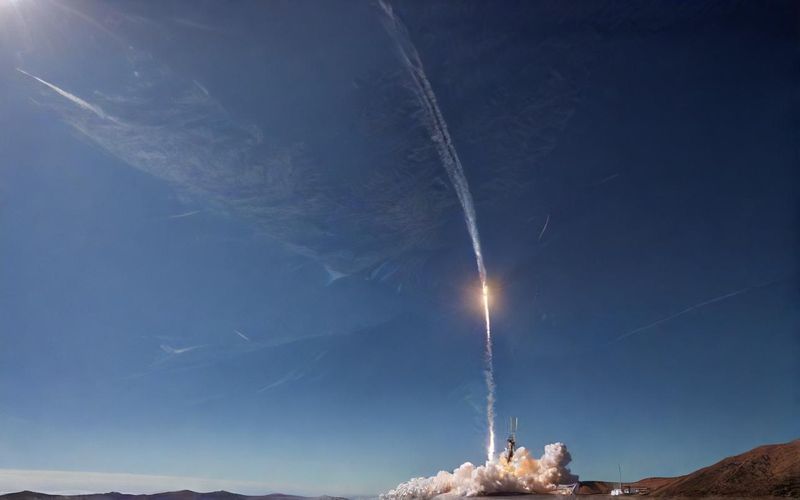New Satellite Network Launched Today

As reported by SpaceNews, the Space Development Agency’s goal is to break away from the Pentagon’s reliance on older, larger satellites. Instead, they're deploying a network of smaller spacecraft, built with commercial components and acquired rapidly. This particular mission, the T1TL-C, is the second deployment for what they call the Transport Layer, designed to provide communication capabilities across the globe. Think about that – a constant flow of data connecting forces, even for those using the Link 16 tactical data network, expanding its reach from a few hundred miles to virtually anywhere on Earth. It's like giving the military a global nervous system.
The satellites themselves were manufactured by Lockheed Martin, but the infrastructure supporting them is a testament to collaboration. York Space and Northrop Grumman are also contributing to this Tranche 1 constellation. It's a layered approach, with plans for both Transport Layer satellites and Tracking Layer satellites, including ones designed for missile warning. The SDA intends to launch roughly one mission a month to build this out, with the aim of having critical capabilities ready for early adopters within months. The U.S. Indo-Pacific Command is slated to be one of the first to benefit, with a goal of reliable use by January 2027.
Meanwhile, over in Texas, SpaceX's Starship is continuing its own journey, a much larger beast with a different, albeit equally significant, purpose. This recent test flight saw the massive rocket make it halfway around the world, a crucial step in its development. While nothing was recovered, the SpaceX team cheered its successful descent, a clear sign of progress. This isn't just about reaching orbit; it's about enabling future moon landings for NASA and, ultimately, sending humans to Mars. It's humbling to see these different threads of space exploration, from the intricate satellite networks to the colossal rockets, all unfolding at once.
With so many different players and ambitions in the skies above, what do you think will be the most impactful advancement in space technology in the next five years?








